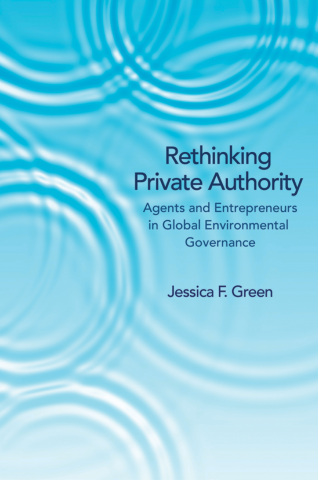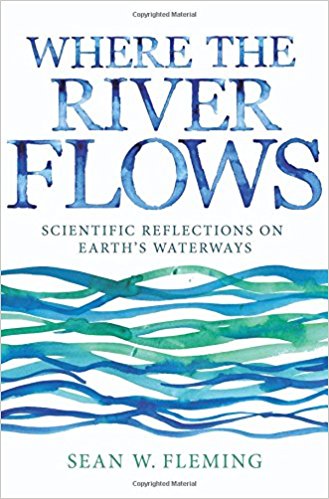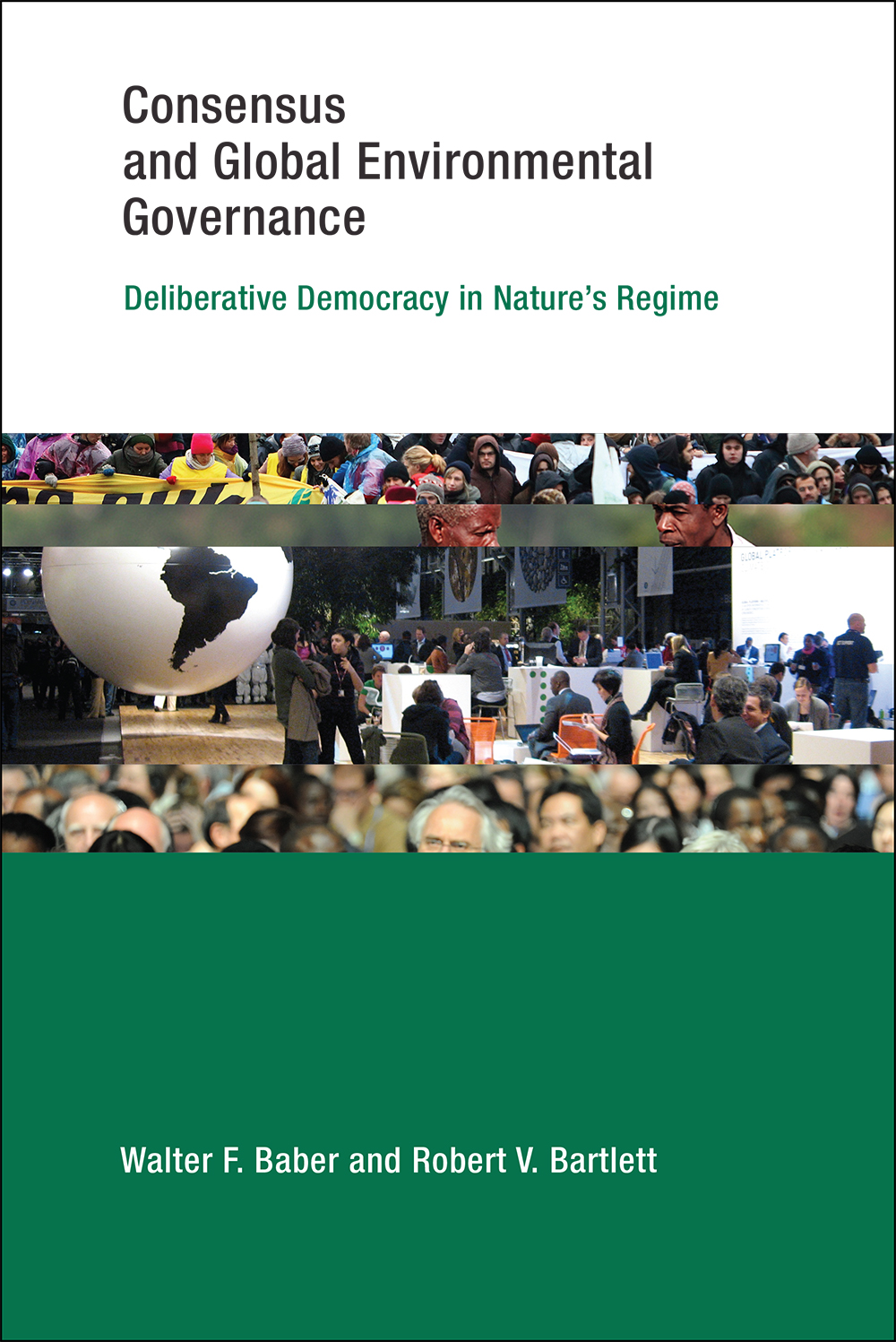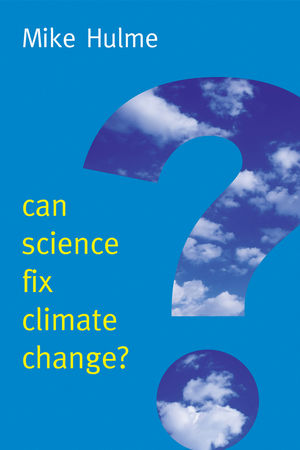Rethinking Private Authority: Agents and Entrepreneurs in Global Environmental Governance
Reviewed by Elise Harrington, Massachusetts Institute of Technology
Sometimes private authorities have a role in international environmental governance. When and why do states delegate authority to non-state actors? How can private actors play a helpful role in drafting rules and regulations?
by Jessica F. Green, Rethinking Private Authority: Agents and Entrepreneurs in Global Environmental Governance, Princeton University Press, 2014, 232 pp.
In Rethinking Private Authority: Agents and Entrepreneurs in Global Environmental Governance, Jessica Green makes a distinction between two forms of non-state involvement in environmental governance: delegated private authority and entrepreneurial private authority. Against a backdrop of increased involvement of non-state actors, Green shows that the growth in private authority involves primarily entrepreneurial authority; delegated private authority continues to play only a minor part in international environmental governance. Green provides a model for predicting when private authority will be included and what form that private authority is likely to take. She defines private authority “as situations in which non-state actors make rules or set standards that other relevant actors in world politics adopt” (p. 29). Non-state actors can include NGOs, corporations, advocacy networks and foundations among others. She excludes international organizations involving state representatives. Her forecasting model and its tests offer a valuable study of international delegation and the reasons why private authority is increasing in global environmental governance.
In Chapter 1, Green outlines the first stage of her model. It is based on what she considers to be the supply and demand for private authority, the convergence of state–non-state preferences and the presence of focal institutions. Supply and demand is contingent on costs and benefits, such that “private authority emerges because actors in world politics—states, private actors, and institutions comprising both types of actors—anticipate they will benefit from deferring to private authority” (p. 39). The primary cost to the state of granting more authority to private actors is a loss of autonomy; thus “the less autonomy the adopters have to sacrifice, the greater the net gain for them in deferring to private authority” (p. 47). In the second stage of the model, Green hypothesizes that homogeneous state preferences (among powerful states) will result in increased delegation of private authority, while with heterogeneous preferences entrepreneurial private authority is more likely. Further, the presence of a strong focal institution, such as the Montreal Protocol’s Technical and Economic Assessments Panel, increases the likelihood of delegated authority. Focal institutions likely reduce opportunities for agency slack, both as shirking responsibility or slippage between agency and principal preferences.
Chapters 2 through 5 provide Green’s empirical analyses of delegation and private authority. Her longitudinal data analysis seeks to account for historical patterns and recent changes in private authority. In Chapter 2, using a random sample of 152 multilateral environmental treaties adopted between 1857 and 2002, Green coded for policy functions and responsible actors. She determined that private authority has not substantially increased over time as a proportion of policy actions; rather, delegation “is a relatively rare occurrence” (p. 66). When delegation does occur, private expertise appears to play a key role. Chapter 2 identifies historical patterns of delegated private authority while Chapter 3 unpacks entrepreneurial private authority using a dataset of transnational civil regulations adopted between 1954 and 2009. Green finds that 90 percent of the regulations in this dataset were created between 1990 and 2009, and over 80 percent created in those two decades were “hard” standards requiring third-party verification. She argues that this indicates “that these rules are being used as real governance tools. They go beyond mere second-party certification where the firm itself judges whether it is in compliance” (p. 91).
Chapters 4 and 5 examine in-depth cases of delegated and entrepreneurial private authority for climate change and regulating carbon emissions. In Chapter 4, Green examines private authority in the operation of the Clean Development Mechanism. She identifies reductions in transaction costs (benefits of private authority) and convergence of negotiating blocs which resulted in delegated monitoring authority to the private sector. Chapter 5 discusses the Greenhouse Gas Protocol, which was started by the World Resources Institute and World Business Council on Sustainable Development––two NGOs––rather than by state delegation. Green argues that the Greenhouse Gas Protocol was initiated with entrepreneurial authority because “the inability of public authorities (governments or international organizations) to address the issue of firm-level emissions, combined with the lack of a strong focal institution to screen and monitor agents […] created an opening for entrepreneurial private authority” (p. 133).
Green’s work stands as a strong contribution to the growing focus in political science on the role of non-state actors and state–non-state interactions. Both her model and her empirical findings offer a number of intriguing areas for further study. For example, it should be possible to further specify both the first and second steps in the operation of her model. Questions remain about how and when benefits accrue and whether they are associated with one form of private authority more than another. While Green identifies state autonomy as the primary cost to the state, how within-state politics influence adoption, delegation and enforcement remains unclear. Finally, state–non-state relationships are generally discussed with reference to strong states, but the influence of private authority in developing and weak state contexts is equally interesting and in need of further examination.





